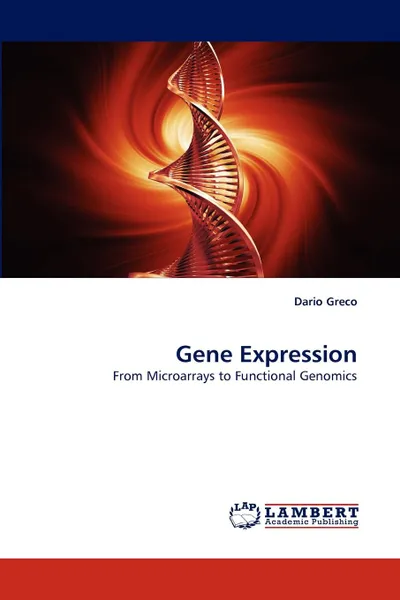Gene Expression 14+
📓 The sequencing projects opened unprecedented possibilities of investigating complex aspects of living organisms. Among the high-throughput technologies based on genomic sequences, microarrays are widely used for measuring the relative quantity of messenger RNAs. The analysis of microarrays aims at selecting genes whose expression is different in different conditions followed by grouping them in functional categories, enabling a biological interpretation of the results. Methods to analyze microarray data are explored in this book. Not all the genes present in human cells are active; the housekeeping genes are expressed ubiquitously. Other genes (the tissue-selective genes) provide specific functions and they are expressed in certain cell types or tissues. Defining the tissue-selective genes is important as these genes cause disease with phenotype in the tissues where they are expressed. In this study, gene expression data is used for creating a catalog of genes in healthy human tissues. Moreover, the analysis of promoter sequences is used to predict gene networks and highlighting modules of transcription factors playing a role in the regulation of transcription.
Мнения
